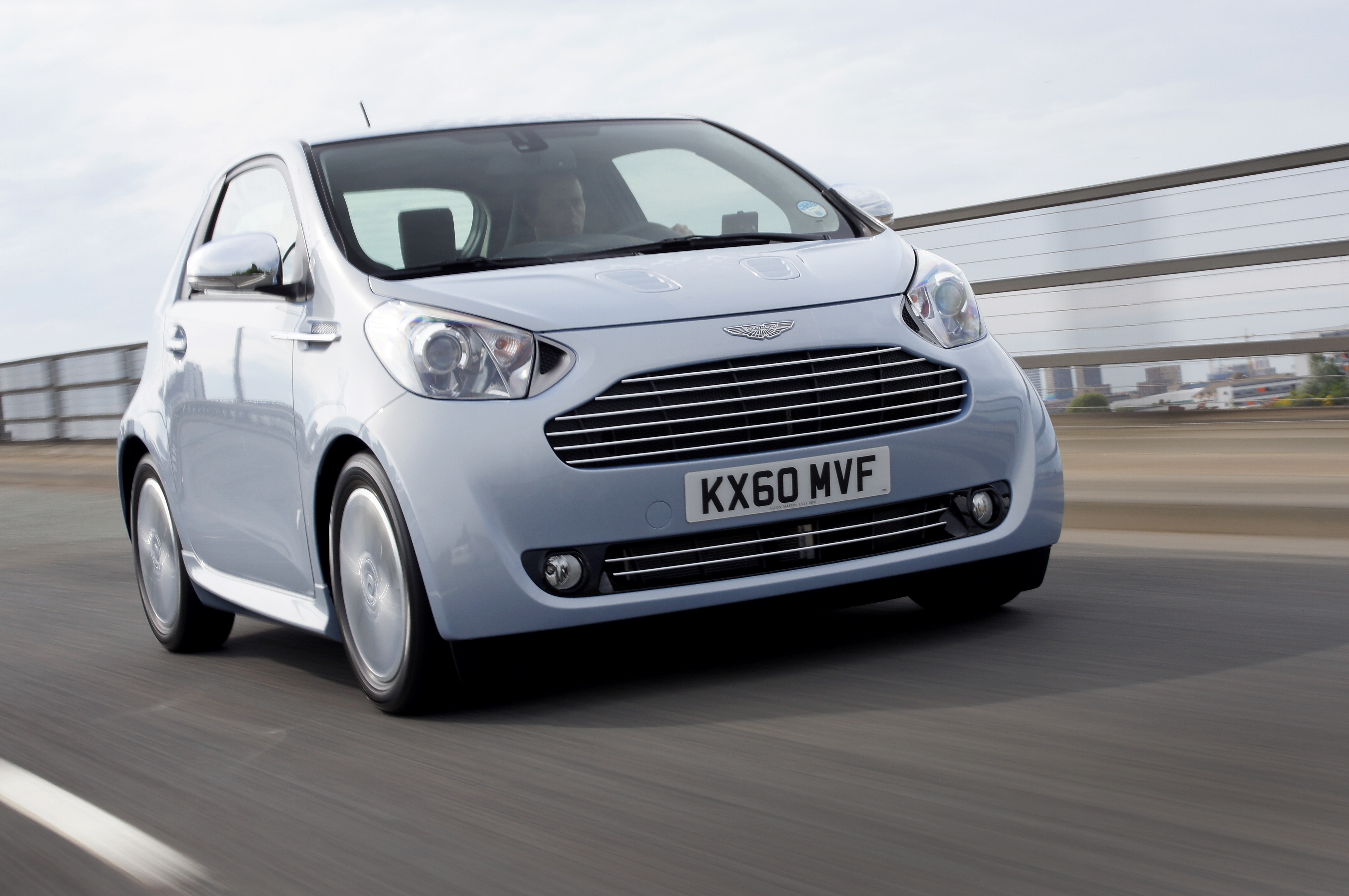There are very few car manufacturers with models that appeal to every type of motorist – more often than not, they find a customer base and stick to it without straying into new territory.
However, there have been occasions when manufacturers make a radical leap towards an entirely different sector . These are nine of the cars we never expected to see from the companies that built them.
Vauxhall VX220
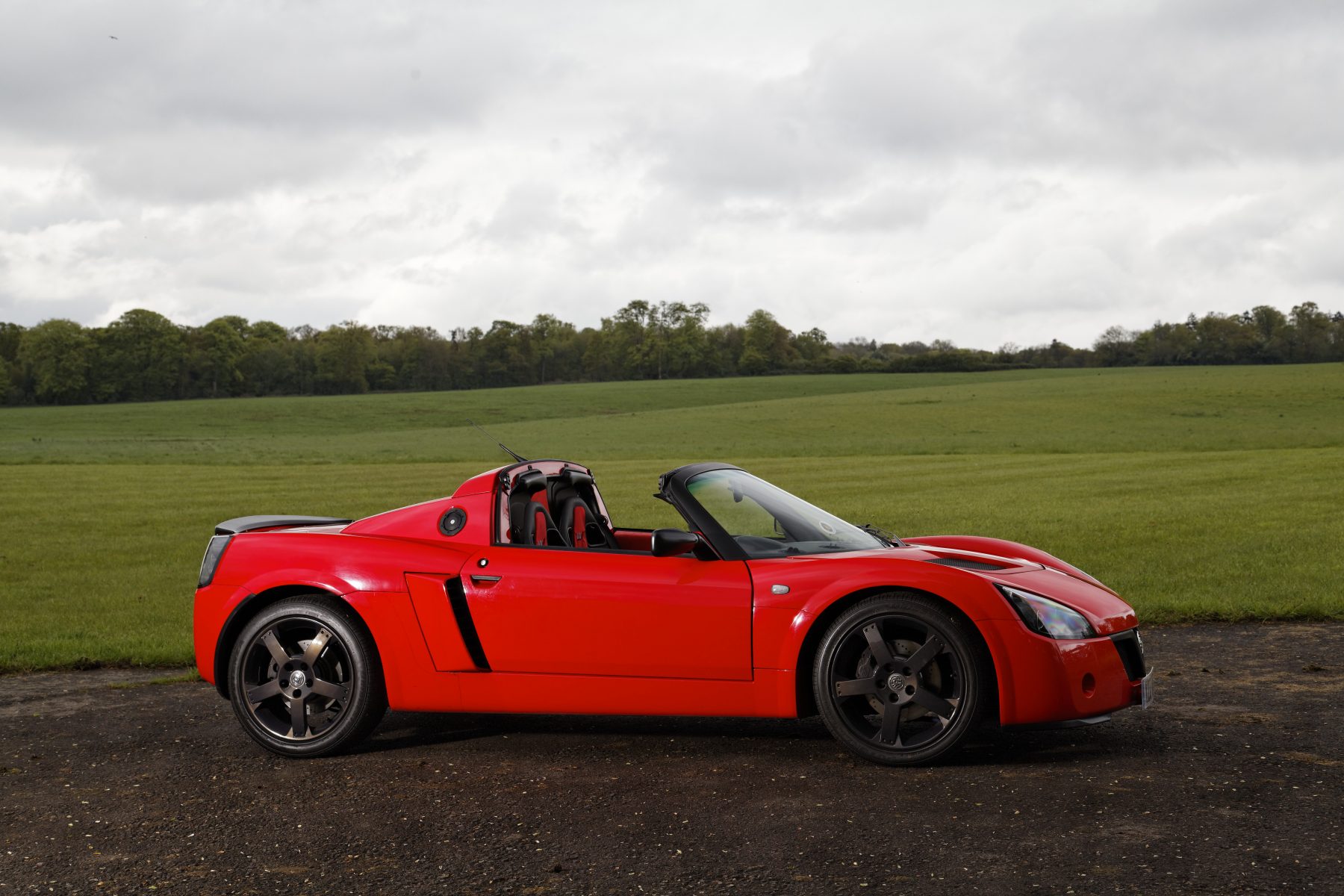
In spite of occasionally making hot VXR and GSi versions of its hatchbacks and saloons, it’s fair to say that Vauxhall wasn’t a company you’d have expected to launch a mid-engine sportscar in the late-90’s. It’s probably also fair to say that we can’t imagine it happening today either.
However, in 2001, the Vauxhall VX220 was born. The car was developed by Lotus on the same chassis as its S2 Elise, and was rather potent as a result. With just 7,000 cars sold between three then GM-owned brands, the VX220/Speedster is rather more rare than its Lotus cousin, though sadly no more desirable.
Kia Stinger
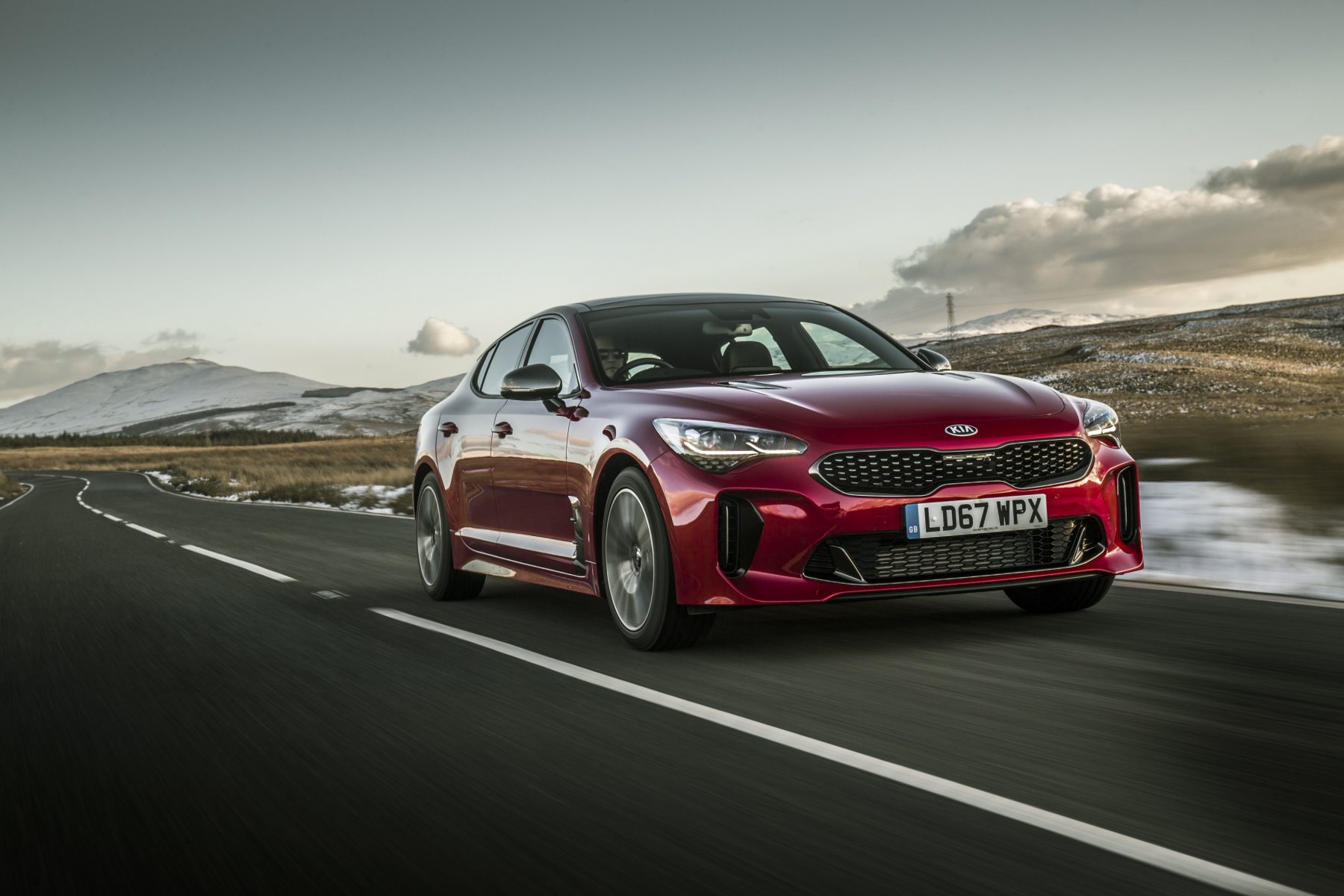
While the Stinger represents a natural progression for Kia after dabbling in performance-oriented cars – think GT versions of the Cee’d – it’s still surprising to see a full-on sports car from the Korean manufacturer.
By all accounts, the brand’s engineers have made a very solid first attempt with the Stinger. Hopefully, it points towards a bold new future for the firm, with practical models sharing the spotlight with some exciting new prospects.
Lotus Elan (M100)
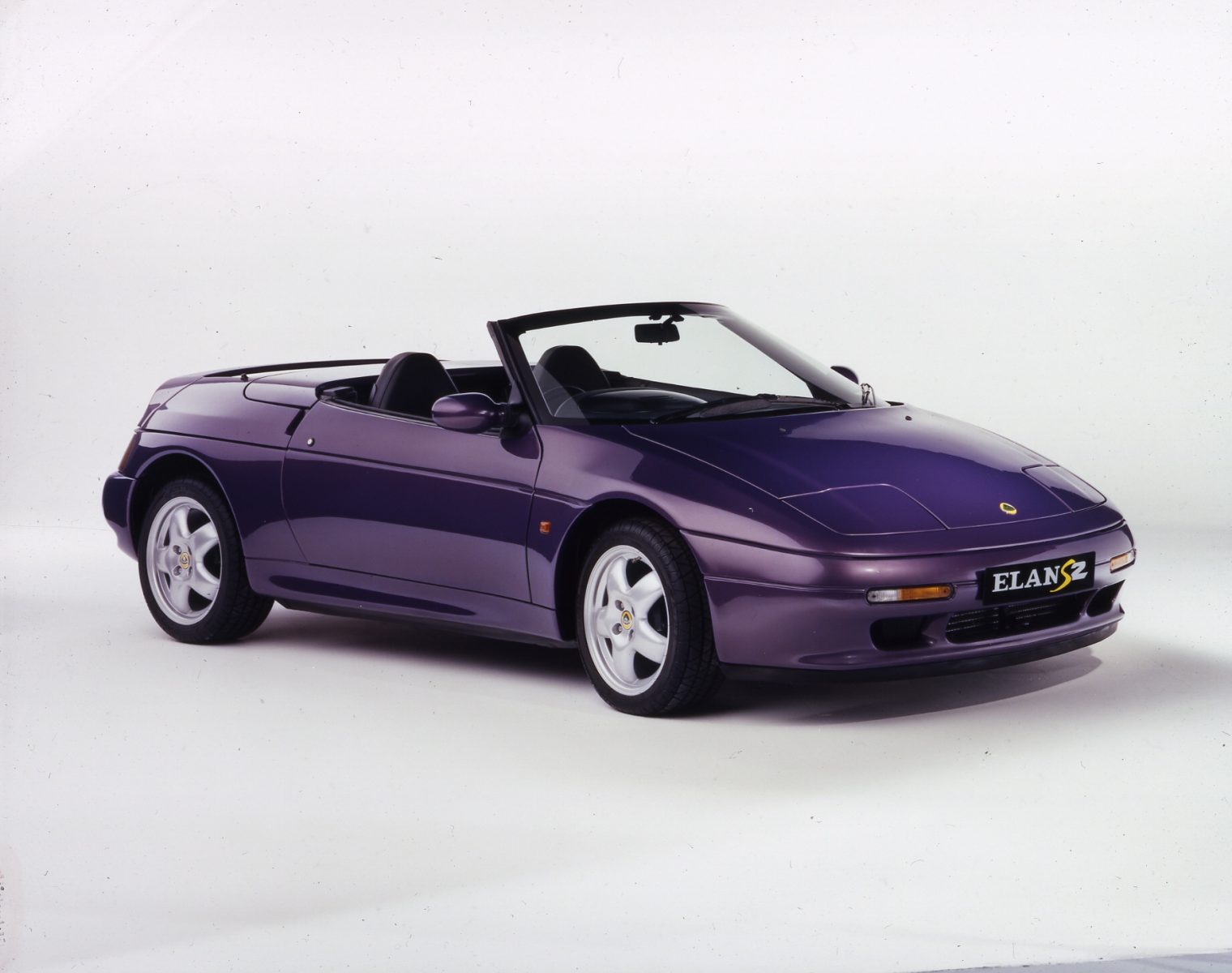
The original Elan was a wonderful example of the philosophy held by Lotus – it was simple and low on power, but made up for that with lightness and handling prowess.
The 1989 Elan revival was a rather different proposition. The handling was still great, and at 997kg it was pretty light. However, one bizarre choice put the car in a bad light from the start – it was front-wheel drive.
While the car wasn’t bad, it came out in the same year as the legendary Mazda MX-5, which was far more loyal to the original Elan recipe. For that reason alone, it was doomed from the start.
Mercedes CLK-GTR
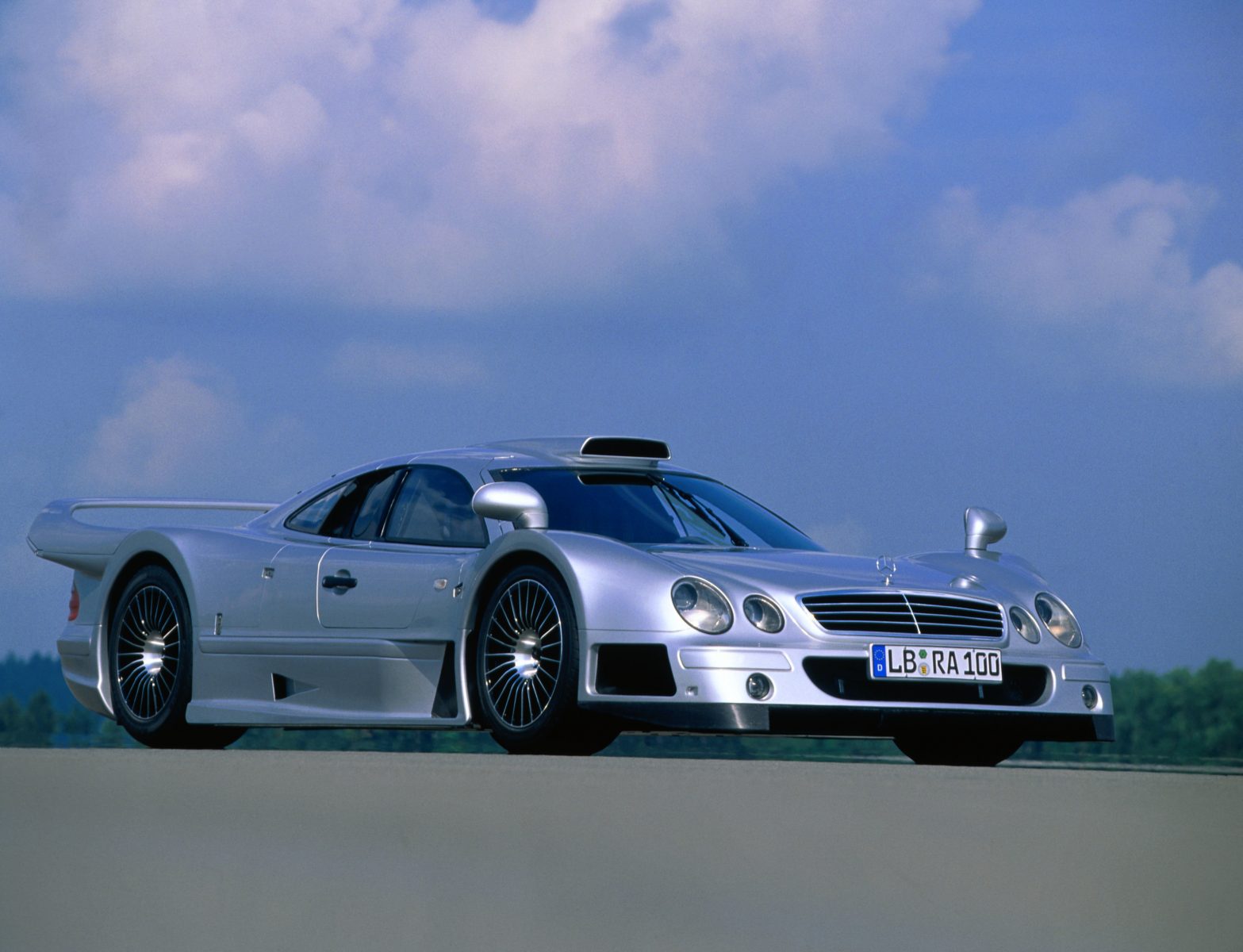
The late 90s bred several extreme hypercars due to the existence of the GT1 racing regulations. These loophole-filled rules gave manufacturers cause to build prototype race cars, make a handful with licence plates and then enter them as ‘production-based’ cars at Le Mans — and the Mercedes CLK-GTR might just be the best of them.
While styling from the standard CLK was just about evident, a V12 engine sat in the middle of the car, and overall, the shape was certainly more low-slung hypercar than anything in every sense aside from the familiar Mercedes grille.
Mercedes had made teases in the direction of supercar and hypercar production in the past, but actually seeing it come to fruition was a welcome surprise.
Porsche Cayenne
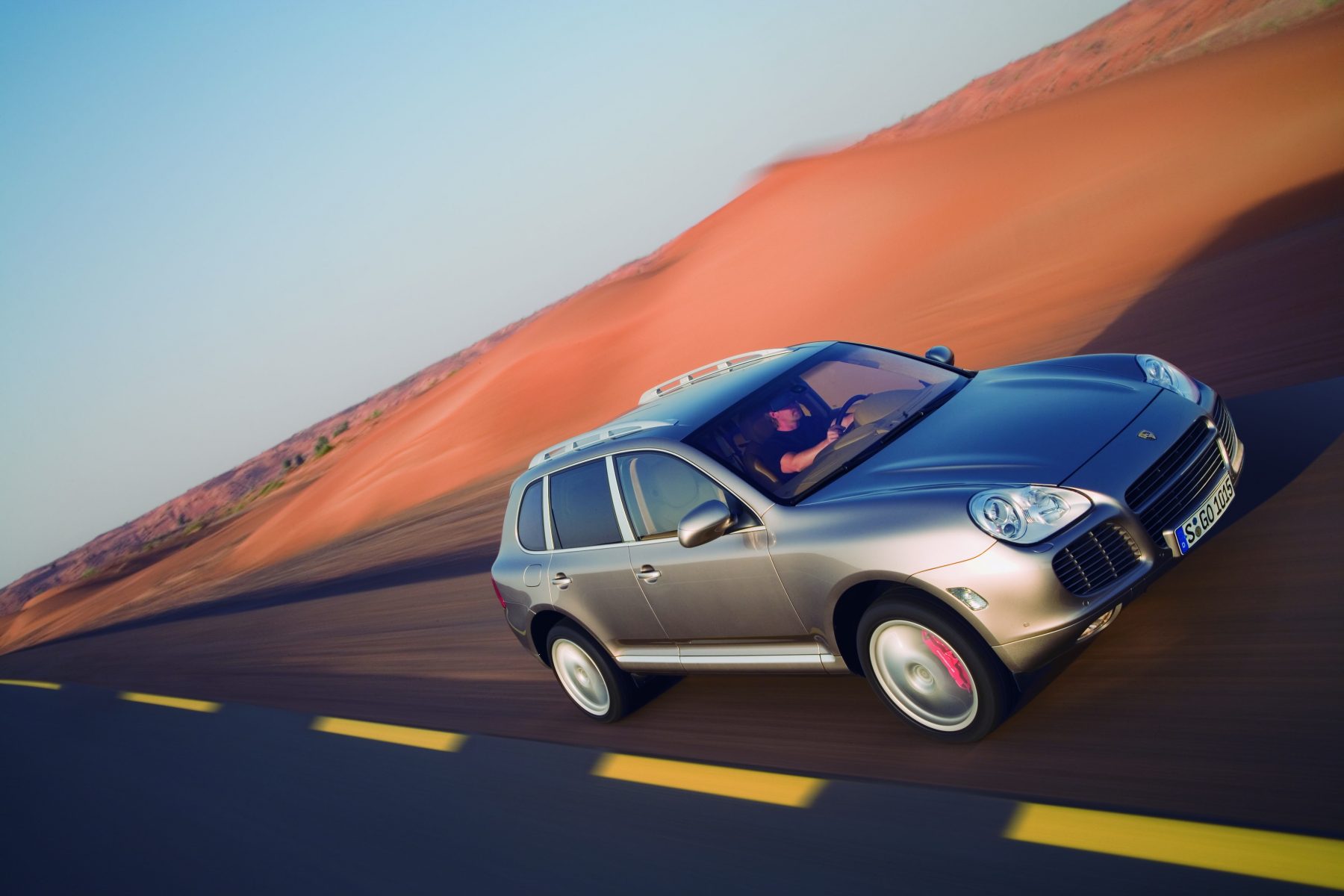
A firm that had so long been known for producing class-leading sports cars and extremely successful race cars had no right to build an SUV, surely? Well, that’s exactly what Porsche did.
The Cayenne has since found a secure home in the German manufacturer’s range, but it was a surprise to see Porsche produce it at all. It proved a seriously good move for them though, sparking a trend of sports-focused SUVs that remains stronger than ever today.
Aston Martin Cygnet
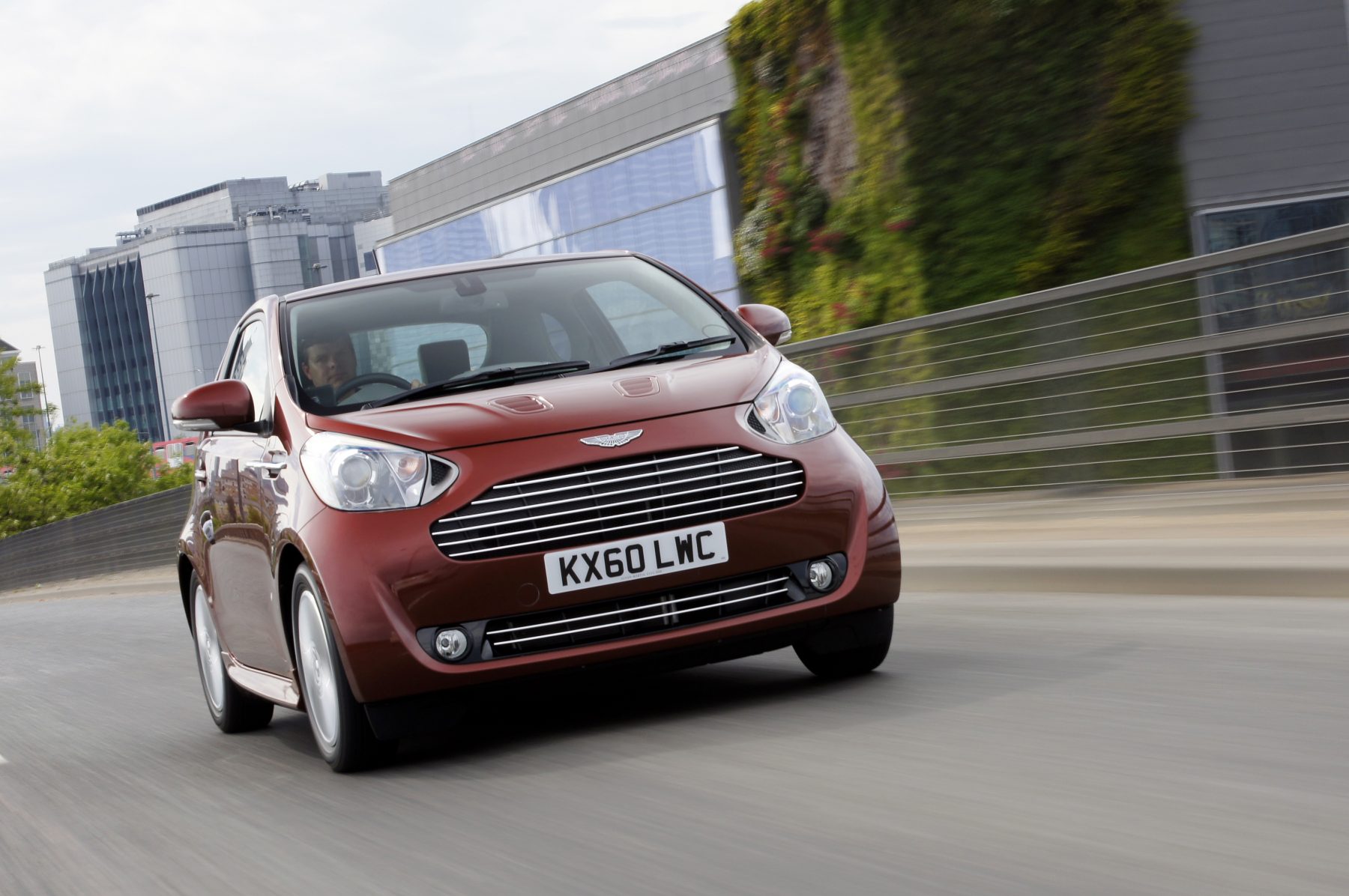
By 2011, Aston Martin had firmly carved out a reputation for grand tourers and front-engined sportscars. As such, there were more than a few raised eyebrows when the Cygnet went on sale.
A Toyota iQ with the looks and interior of an Aston Martin, the Cygnet was a stark contrast from the rest of the manufacturer’s range.
The car was a way for the luxury firm to comply with 2012 average fleet emissions regulations imposed by the EU, and owning one would set you back more than £30,000 — three times the cost of a regular iQ.
Unsurprisingly, the Cygnet’s production run only lasted two and a half years and Aston Martin refuses to divulge overall sales figures.
MG XPower SV
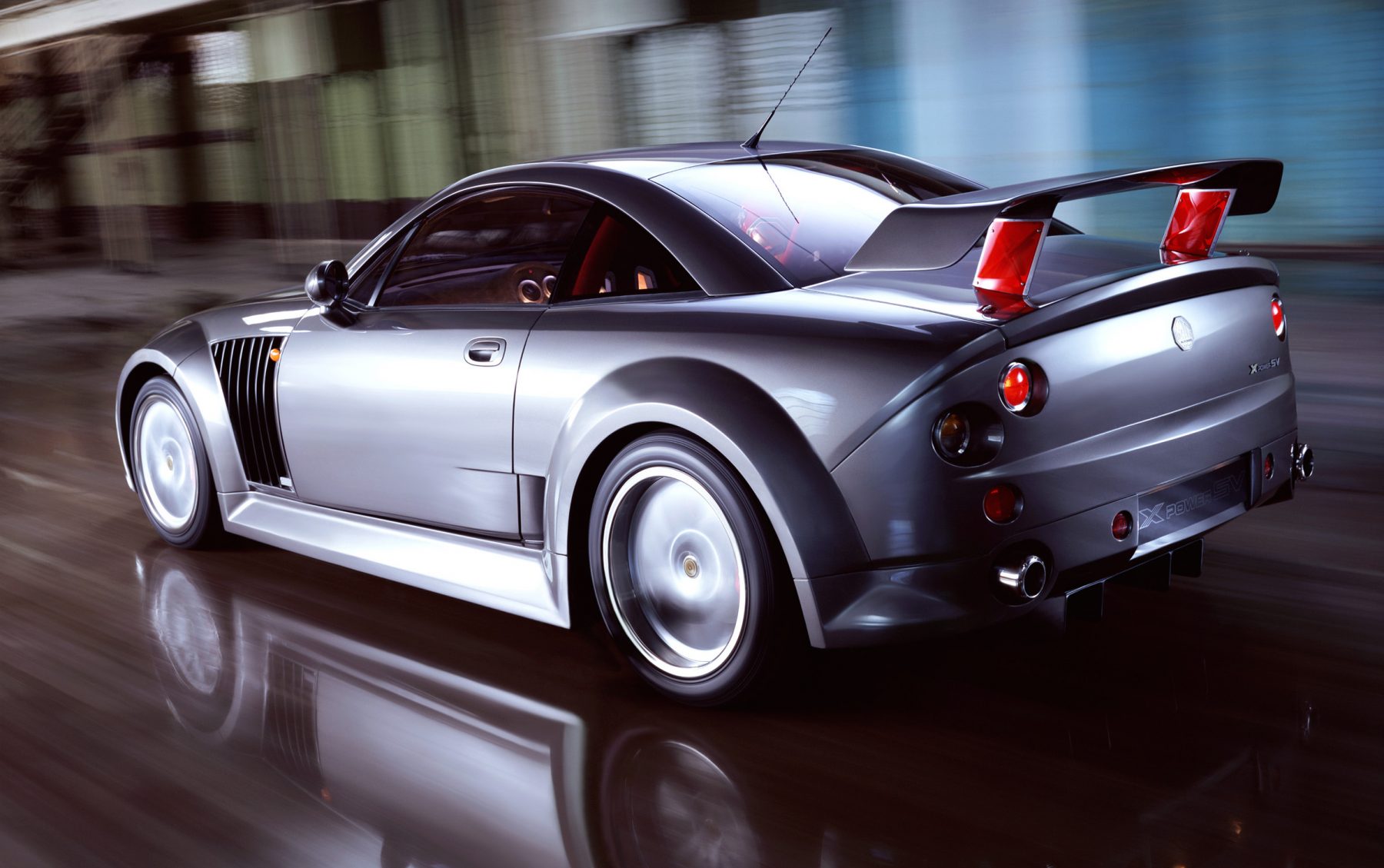
The final years of MG and Rover were a strange time. Money was in short supply, and the majority of its models were approaching a decade on the market — if they hadn’t already surpassed that milestone.
However, there did seem to be a lot of ambition left in the workshops even if there wasn’t a lot of capital in the accounts.
The SV was supposed to be an MG supercar, though in reality was closer to a muscle car — mostly thanks to a Ford Mustang engine under the bonnet. The car was based on the Italian Qvale Mangusta, and despite aping the rest of the MG range for its front-end styling, we think it was a pretty good-looking car.
Ultimately, the money ran out for MG, but only after they put out a car no one ever expected to see from them and very few people bought…
Volkswagen Phaeton
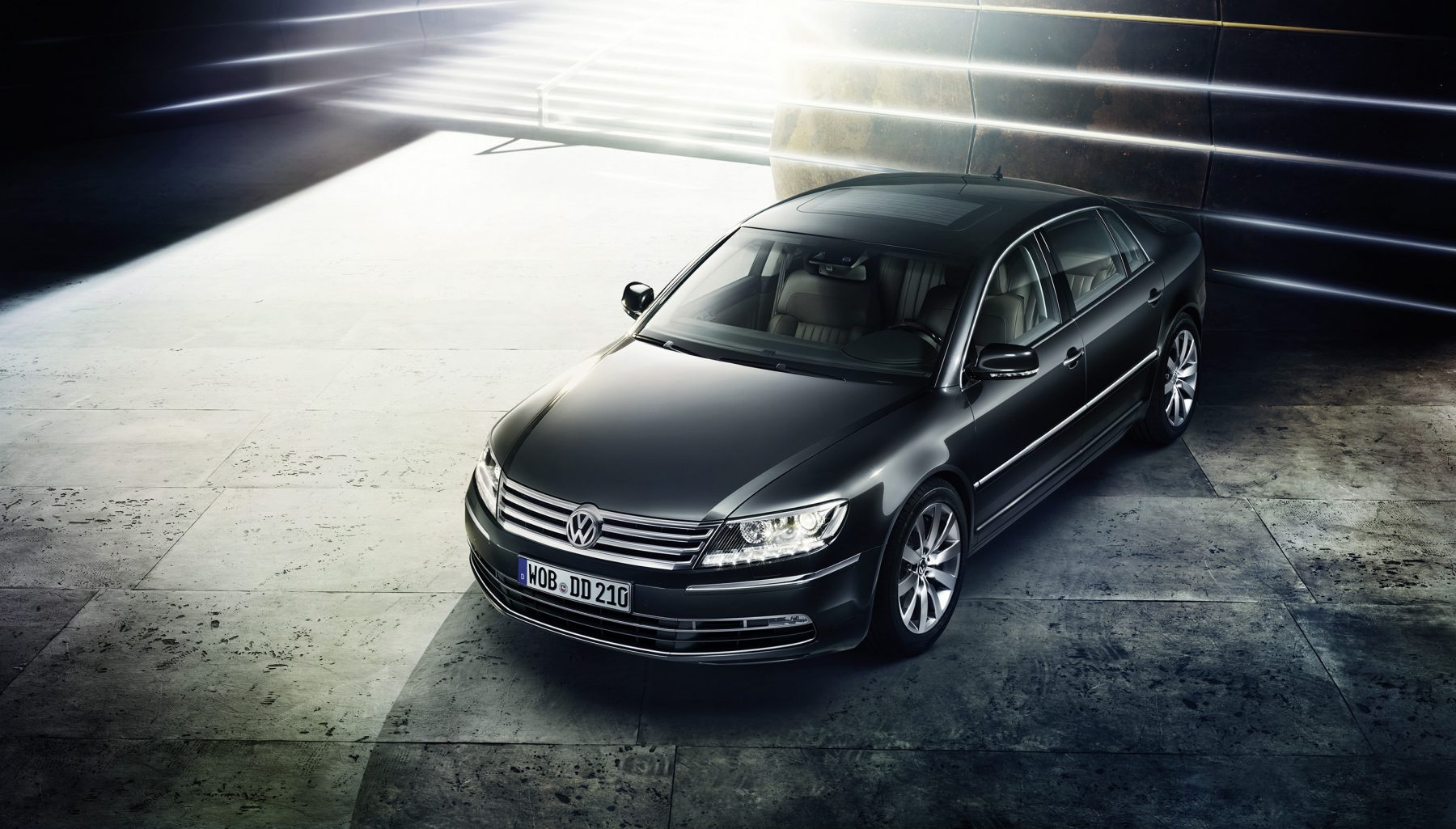
Volkswagen made some slightly odd choices during the 2000s. Despite owning Lamborghini and Porsche, its luxury brand Audi began making supercars, for example.
However, what was potentially even more puzzling was the decision to produce an upmarket luxury saloon under the VW marque, despite the long-term ownership of Audi and the recent purchase of Bentley.
The result was the admittedly highly impressive Phaeton. Its top-end 6.0-litre W12 engine was nothing short of phenomenal, though quite obviously identical to the engine found in Bentley’s Continental GT and Flying Spur, as well as the Audi A8.
Ultimately, the Phaeton failed to sell in the numbers Volkswagen had hoped, ending its lifespan with just over 80,000 rolling off the production line in 15 years.
Lexus LFA
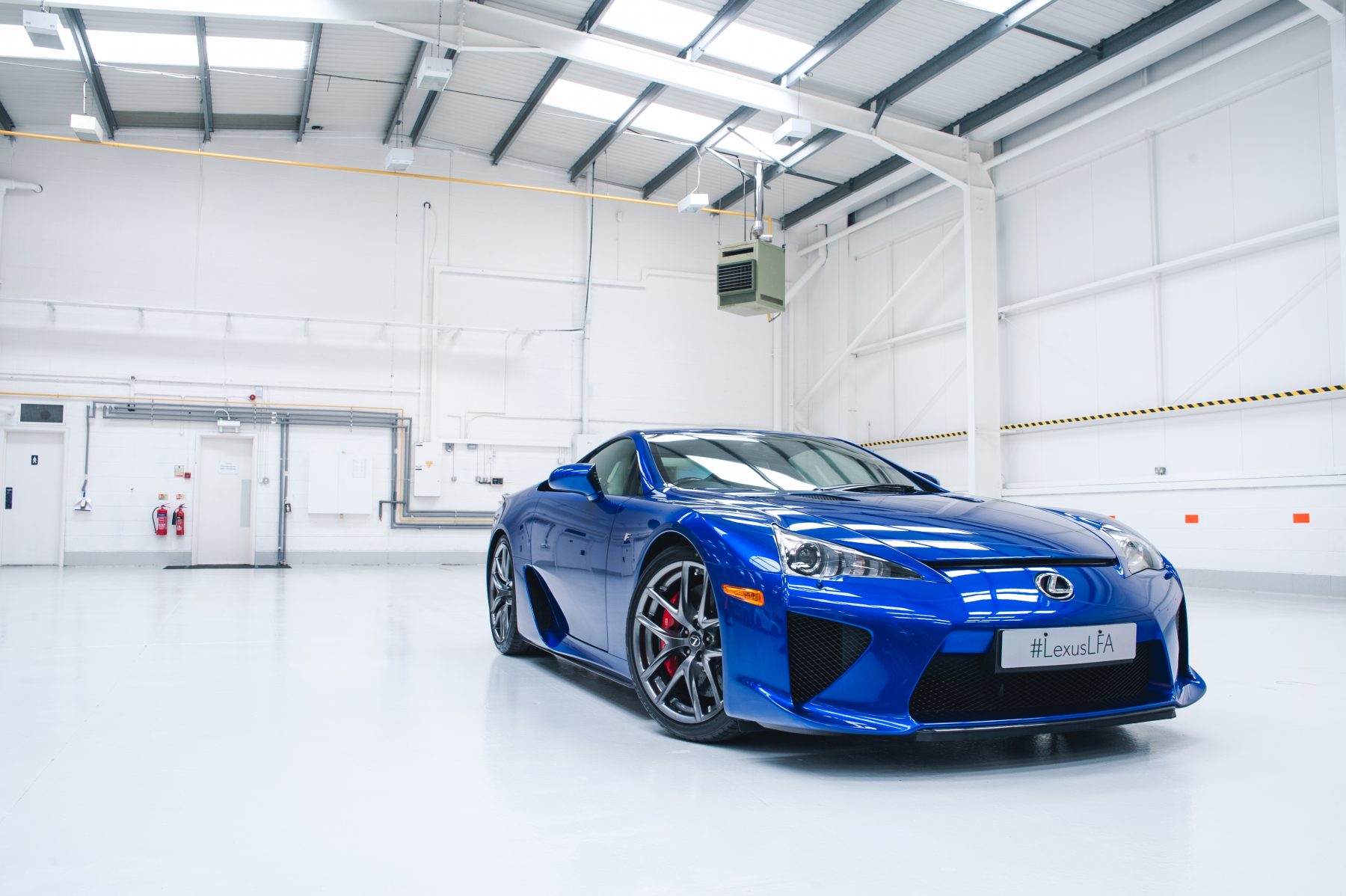
Staid and sensible Lexus had carved out a reputation for building comfortable and reliable cars, and the focus was on customer service rather than building the ultimate driving machine.
The only slightly ‘sporty’ car in its range was the SC430 – far more a boulevard cruiser than a back-road blaster.
But in 2010, that all changed with the introduction of the LFA. Here was a boldly-styled supercar with a screaming V10 engine. So exacting were the engineers, the car was totally redesigned to accommodate full carbon-fibre construction – halfway through the development process.
The LFA was a bellowing, fire-breathing car engineered to the edge of perfection; no one would have believed that Toyota’s luxury brand would have been responsible for such a thing 10 years earlier.

